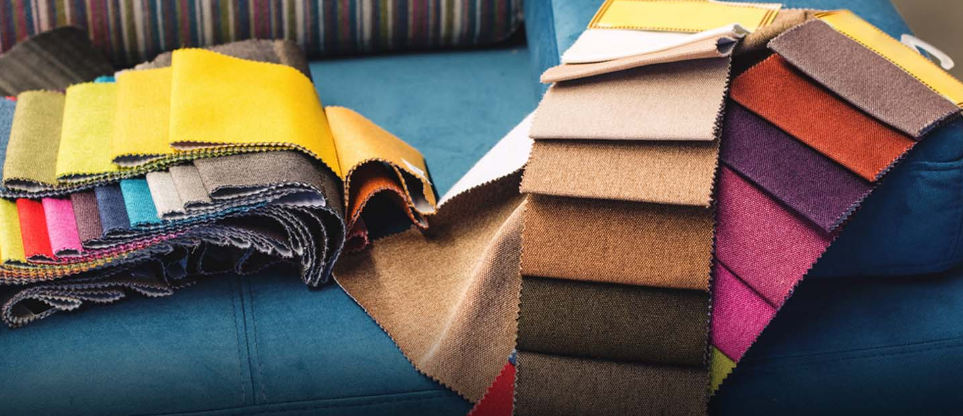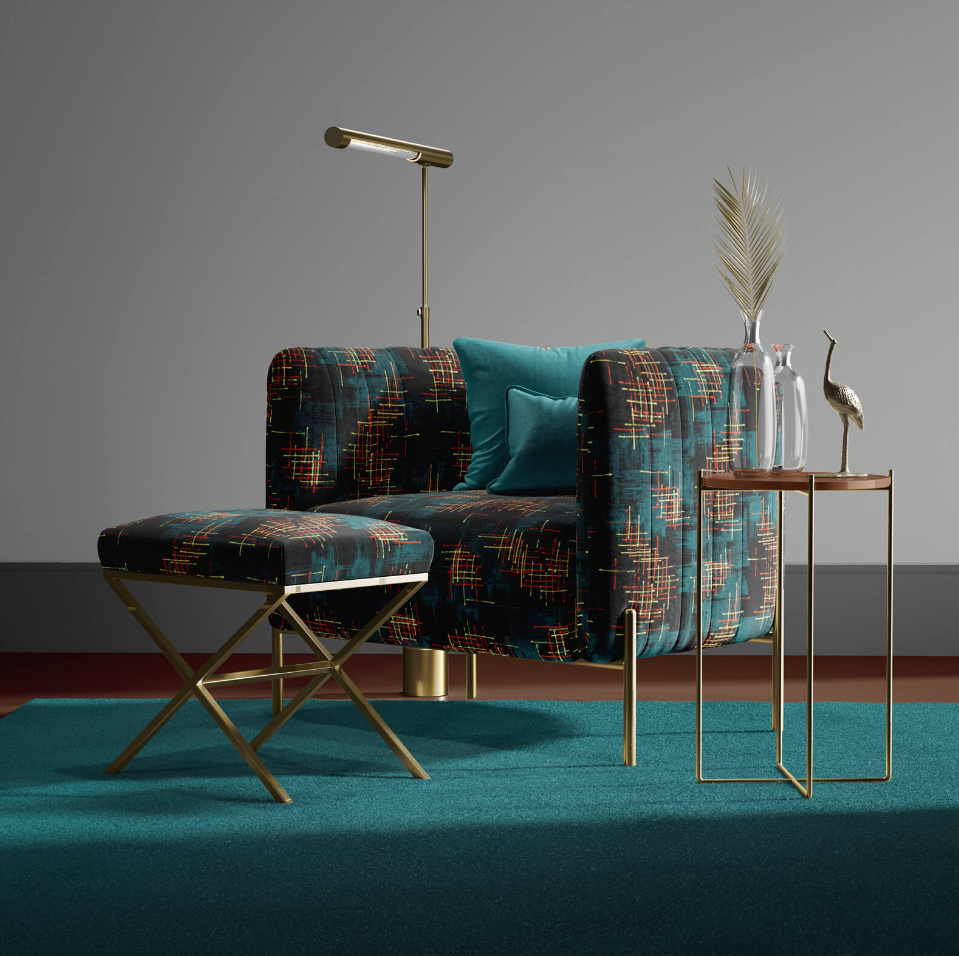In the world of interior design, trends come and go, but some styles stand the test of time, captivating enthusiasts for decades. One such enduring aesthetic is mid-century modern design, characterized by clean lines, minimalist forms, and a focus on functionality. A key element in bringing the mid-century vibe into your home is the careful selection of fabrics for upholstery. In this article, we will delve into the charm of mid-century fabric upholstery, exploring its history, characteristics, and how it continues to make a statement in contemporary interiors.
With Mid Century Fabric Upholstery. Each piece is a testament to refined style, seamlessly blending mid-century charm with modern sophistication. Elevate your space with luxurious textures, creating an ambiance that exudes timeless grace and beauty.
Historical Roots
The mid-century modern design movement emerged in the mid-20th century, roughly from the 1930s to the 1960s. This era was marked by post-war optimism, technological advancements, and a departure from the ornate styles of the past. Influential designers like Eames, Saarinen, and Jacobsen championed a new design philosophy that emphasized simplicity, functionality, and a harmonious integration with nature.
The choice of upholstery fabrics during this period played a crucial role in defining the mid-century aesthetic. Designers favored materials that reflected the era’s commitment to innovation and practicality, while also incorporating a touch of luxury. Common mid-century fabric choices included wool, tweed, vinyl, and leather, each contributing to the distinctive look and feel of mid-century furniture.
Characteristics of Mid-Century Fabric Upholstery
Natural Fibers:
Mid-century designers often embraced natural fibers, with wool being a popular choice. Wool upholstery not only provided warmth and comfort but also exuded a sense of quality and sophistication. Its durability made it a practical option for furniture that was designed to last.
Bold Patterns:
Mid-century upholstery is renowned for its bold and eye-catching patterns. Geometric shapes, abstract designs, and nature-inspired motifs were prevalent, adding a playful and artistic dimension to furniture. These patterns brought a sense of vibrancy to the clean lines of mid-century pieces.
Textured Surfaces:
Texture played a crucial role in mid-century fabric choices. Fabrics with tactile surfaces, such as tweed, added depth and visual interest to furniture. This emphasis on texture complemented the overall emphasis on simplicity in form, creating a balanced and inviting aesthetic.
Vinyl and Leather Accents:
To achieve a seamless blend of luxury and practicality, mid-century designers often incorporated vinyl and leather into their upholstery choices. These materials not only added a touch of sophistication but were also easy to clean and maintain, aligning with the era’s emphasis on convenience.
Earthly Tones:
The color palette of mid-century fabric upholstery is characterized by earthy and muted tones. Shades of brown, green, orange, and mustard were popular choices, creating a warm and inviting atmosphere. These colors, combined with the unique patterns, defined the iconic mid-century look.
Contemporary Resurgence
While the mid-century modern movement reached its peak decades ago, its influence is far from waning. In recent years, there has been a notable resurgence of interest in mid-century design, with many homeowners and designers turning to mid-century fabric upholstery to infuse a sense of nostalgia and timelessness into contemporary spaces.

Versatility in Modern Spaces:
The clean lines and timeless appeal of mid-century furniture make it versatile enough to seamlessly integrate into modern interiors. Mid-century fabric upholstery, with its distinctive patterns and textures, adds character to contemporary spaces, creating a visual contrast that enhances the overall design.
Sustainability and Eco-Friendly Options:
As sustainability becomes a central concern in design, the mid-century emphasis on natural fibers aligns with the growing demand for eco-friendly options. Many manufacturers now offer sustainable fabric choices that capture the essence of mid-century design while meeting contemporary environmental standards.
Customization for Individual Taste:
Contemporary consumers appreciate the ability to personalize their living spaces, and mid-century fabric upholstery allows for just that. With a wide range of fabric options available, individuals can choose patterns, textures, and colors that resonate with their style, creating a unique and curated look.
Conclusion
Mid-century fabric upholstery continues to captivate design enthusiasts with its timeless charm and versatility. Rooted in a pivotal era of design history, the characteristics of mid-century fabric choices – from natural fibers to bold patterns – still influence contemporary interiors. Whether you’re furnishing a mid-century home or adding a touch of retro flair to a modern space, the appeal of mid-century fabric upholstery lies in its ability to evoke a sense of nostalgia while remaining relevant and stylish in the present day.




